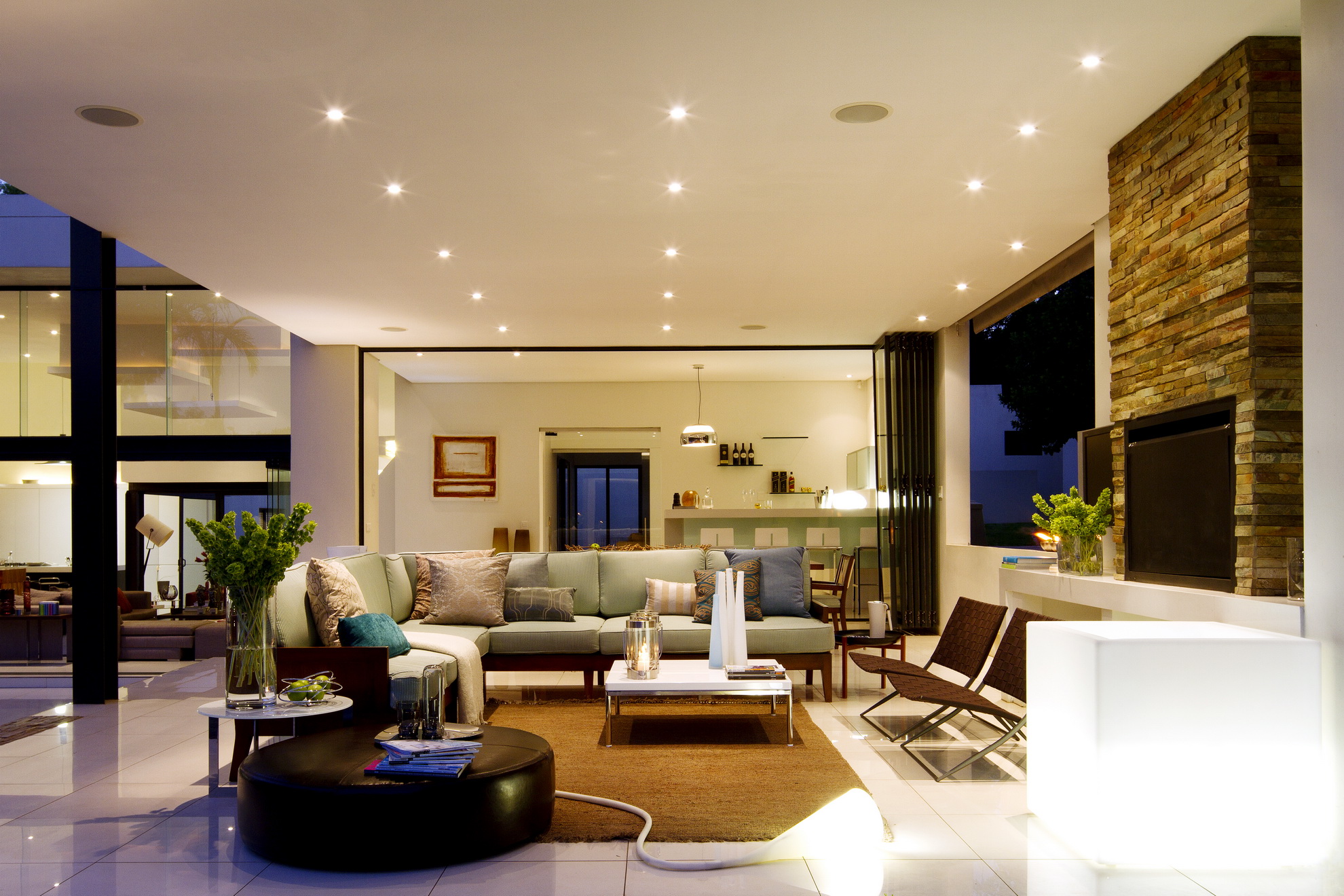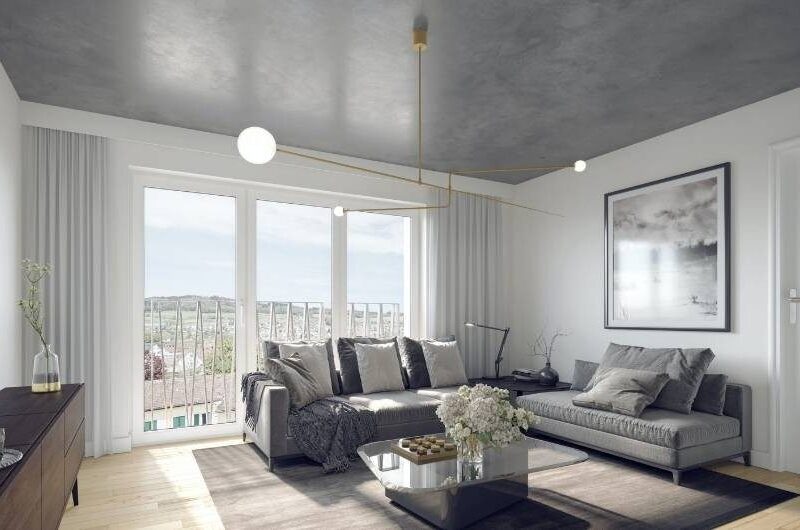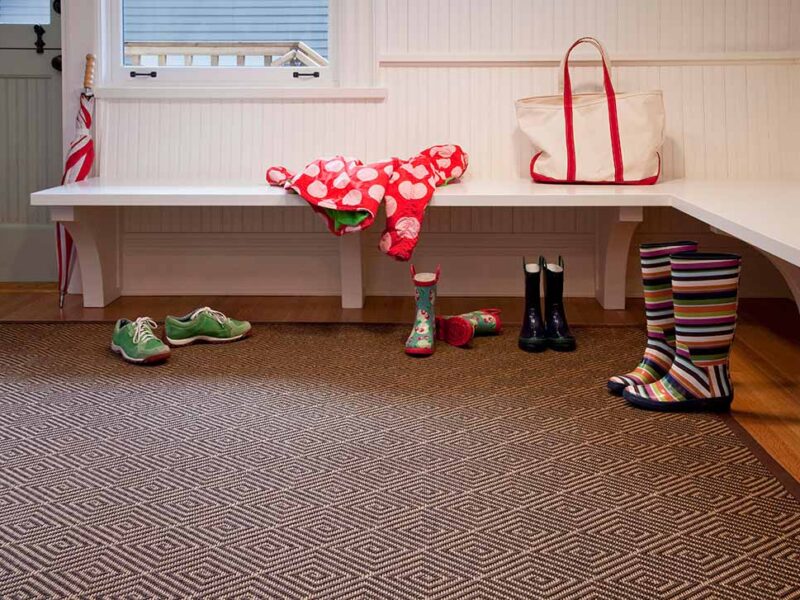When it comes to creating a living space that truly feels like home, the way the interior looks and functions plays a crucial role. Residential interior design is more than just choosing pretty furniture or trendy colors, it’s about shaping an environment that reflects your personality, supports your lifestyle, and enhances comfort. Whether you’re moving into a new house or simply want to refresh your current space, understanding the basics of interior design can help you make smart, satisfying choices.
Good interior design has the power to turn ordinary rooms into inspiring spaces, improve your mood, and even boost your productivity and relaxation. Let’s explore how residential interior design can transform your everyday living experience.
What is Residential Interior Design?
Residential interior design is the art and science of enhancing the interior of a private home to achieve a healthier and more aesthetically pleasing environment for the people using the space. It involves careful planning, creative thinking, and practical knowledge about space usage, furniture placement, lighting, color schemes, and materials.
Unlike commercial design, which focuses on public spaces like offices or hotels, residential interior design is deeply personal. It caters specifically to the needs, tastes, and habits of the family or individual living in the house. Every detail matters—from the choice of fabrics and textures to the way natural light flows through the rooms.
Integrating residential interior design into your home means creating a space that works for you, balancing functionality with style. Whether you prefer a minimalist approach, a cozy traditional vibe, or something eclectic and modern, residential interior design helps make your vision a reality.
Key Elements of Successful Residential Interior Design
When planning your home’s interior, several elements come into play. Understanding these key components can guide you in designing a cohesive and beautiful space:
Space Planning and Layout
Good residential interior design begins with space planning. This means thinking carefully about how each room will be used and arranging furniture and decor in a way that maximizes comfort and utility. For example, an open-plan living room might need clearly defined zones for dining and relaxing, while a small bedroom requires smart storage solutions to avoid clutter.
Color and Lighting
Colors influence mood and perception. Warm tones can make a room feel cozy, while cool colors create calmness and spaciousness. Lighting is equally important—it highlights architectural features, creates ambiance, and ensures practical tasks like reading or cooking can be done easily. Layered lighting—combining ambient, task, and accent lights—is a popular strategy in residential design.
Furniture and Accessories
Furniture should complement the room’s function and style. Comfortable seating, appropriately sized tables, and functional storage all contribute to a well-designed interior. Accessories like rugs, curtains, cushions, and artwork add personality and warmth to your home. In residential interior design, these pieces are chosen to reflect the homeowner’s taste while supporting daily living.
Materials and Textures
The tactile feel of surfaces can affect how inviting a space feels. Mixing textures—such as smooth wood, soft fabrics, and rough stone—adds depth and interest. Choosing durable, easy-to-clean materials is also important, especially in high-traffic areas like kitchens and living rooms.
Personalization
A big part of residential interior design is incorporating your unique style and memories. Family photos, souvenirs from travels, and handmade crafts personalize your space and make it truly yours.
How Residential Interior Design Enhances Everyday Living
Residential interior design is not just about aesthetics, it also improves the quality of life. Here’s how thoughtful design can make your daily routines better:
Boosts Comfort and Functionality
A well-designed home flows smoothly, making it easier to move around and use different areas effectively. You’re less likely to feel cramped or frustrated by clutter.
Promotes Well-being
Natural light, soothing colors, and clutter-free spaces can reduce stress and improve your mental health. Good ventilation and ergonomic furniture also support physical well-being.
Supports Socializing
Designing spaces for gatherings, like cozy seating arrangements or a welcoming dining area, encourages family bonding and entertaining guests.
Increases Property Value
Investing in quality interior design can raise your home’s market value by making it more attractive to potential buyers.
Reflects Your Identity
Your home tells your story. Through residential interior design, you express who you are, what you love, and how you want to live.
Conclusion
Residential interior design is a powerful tool to shape your living environment into a space that is not only beautiful but also practical and deeply personal. It’s about creating a home that supports your lifestyle, comforts you, and tells your unique story.
By focusing on thoughtful space planning, harmonious color palettes, functional furniture, and meaningful details, you can transform your house into a sanctuary. Whether you prefer to tackle the design yourself or seek professional help, the effort you put into residential interior design will pay off in comfort, joy, and pride in your home.



